Magalie Ochs
LIS, AMU, R2I
Mitigation of gender bias in automatic facial non-verbal behaviors generation
Oct 09, 2024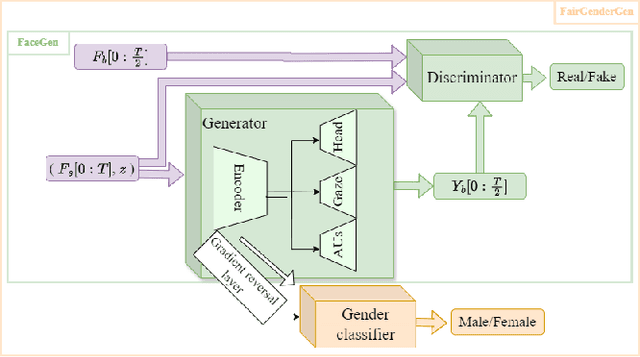


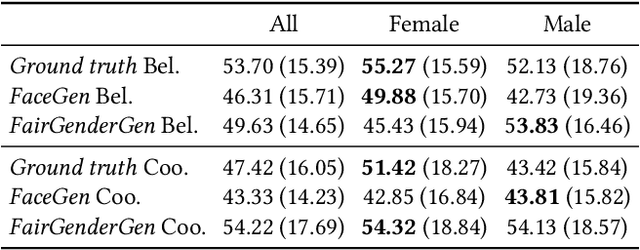
Abstract:Research on non-verbal behavior generation for social interactive agents focuses mainly on the believability and synchronization of non-verbal cues with speech. However, existing models, predominantly based on deep learning architectures, often perpetuate biases inherent in the training data. This raises ethical concerns, depending on the intended application of these agents. This paper addresses these issues by first examining the influence of gender on facial non-verbal behaviors. We concentrate on gaze, head movements, and facial expressions. We introduce a classifier capable of discerning the gender of a speaker from their non-verbal cues. This classifier achieves high accuracy on both real behavior data, extracted using state-of-the-art tools, and synthetic data, generated from a model developed in previous work.Building upon this work, we present a new model, FairGenderGen, which integrates a gender discriminator and a gradient reversal layer into our previous behavior generation model. This new model generates facial non-verbal behaviors from speech features, mitigating gender sensitivity in the generated behaviors. Our experiments demonstrate that the classifier, developed in the initial phase, is no longer effective in distinguishing the gender of the speaker from the generated non-verbal behaviors.
Expressing social attitudes in virtual agents for social training games
Feb 20, 2014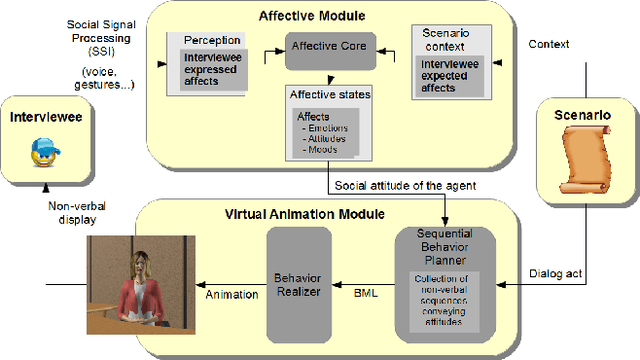
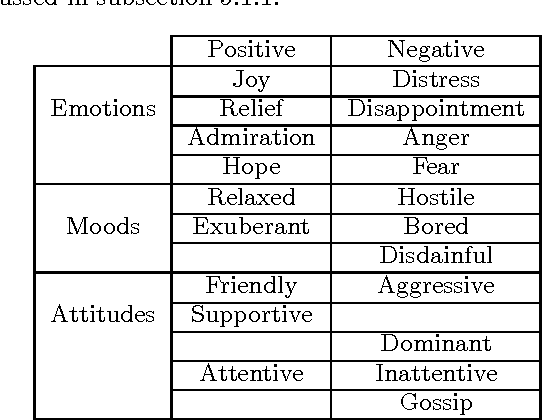
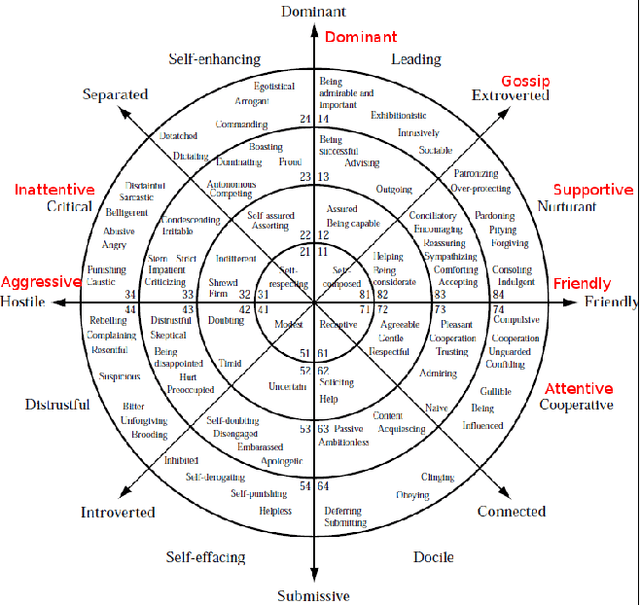

Abstract:The use of virtual agents in social coaching has increased rapidly in the last decade. In order to train the user in different situations than can occur in real life, the virtual agent should be able to express different social attitudes. In this paper, we propose a model of social attitudes that enables a virtual agent to reason on the appropriate social attitude to express during the interaction with a user given the course of the interaction, but also the emotions, mood and personality of the agent. Moreover, the model enables the virtual agent to display its social attitude through its non-verbal behaviour. The proposed model has been developed in the context of job interview simulation. The methodology used to develop such a model combined a theoretical and an empirical approach. Indeed, the model is based both on the literature in Human and Social Sciences on social attitudes but also on the analysis of an audiovisual corpus of job interviews and on post-hoc interviews with the recruiters on their expressed attitudes during the job interview.
 Add to Chrome
Add to Chrome Add to Firefox
Add to Firefox Add to Edge
Add to Edge